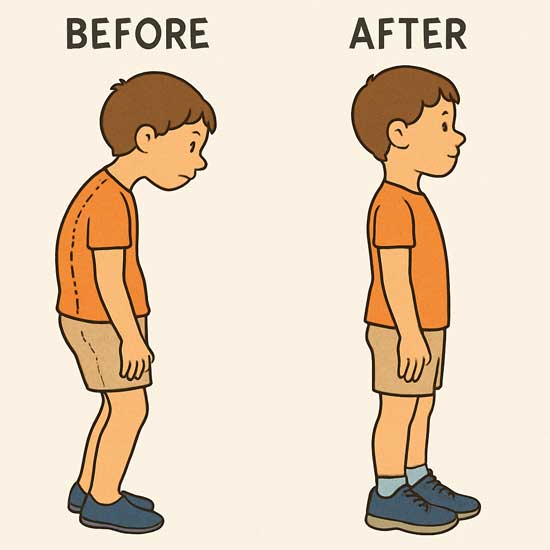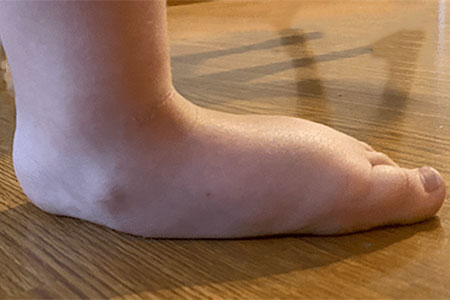How to Know if Your Child Has Overpronation or Underpronation? – Let’s Find Out!
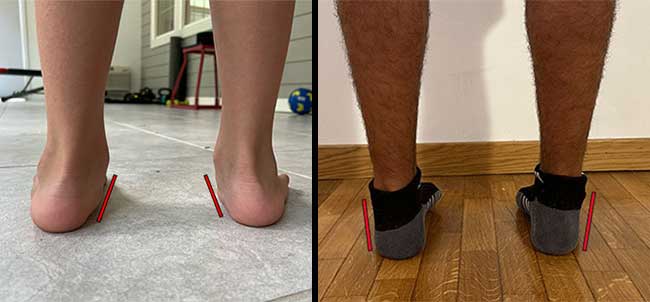
Has your child been complaining about foot or leg pain, or have you noticed unusual walking or running patterns—only to have your concerns dismissed? As an experienced children’s shoe fitter, I’ve seen how the right shoes can make a life-changing difference. Addressing foot issues like overpronation and underpronation early—especially during the first seven years, the “golden window” for treatment—can help prevent long-term problems. I specialize in identifying these conditions and can guide you in finding the best footwear for your child’s specific needs.
What Is the Difference Between Overpronation and Underpronation?
When children overpronate or underpronate, their feet roll too far inward or outward, causing uneven pressure and strain. This imbalance can lead to poor posture, foot, leg, and lower back pain, while also forcing muscles and joints—especially in the knees and hips—to work harder, increasing the risk of injury.
The key difference between overpronation and underpronation lies in the way the feet strike the ground.
Signs of Overpronation
Overpronation occurs when a child’s foot rolls inward excessively as they walk or run. This inward rolling can affect the alignment of the entire leg, leading to strain on muscles and joints that can result in discomfort and potential injuries. Overpronation is commonly associated with flat feet, where the arch of the foot is lower than usual, causing the foot to lack the necessary support.
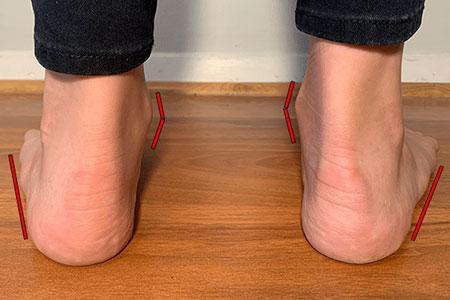
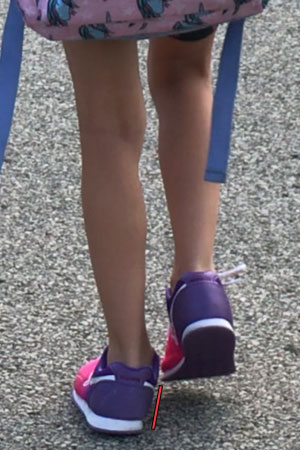
You can also examine your child’s shoes for wear patterns. These can provide clues about their pronation type. Shoes that show uneven wear patterns can be a clear indicator of how your child’s foot strikes the ground.
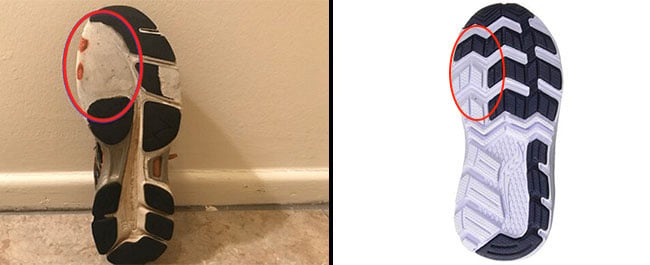
How to Treat and Prevent Overpronation with Supportive Shoes
Children who overpronate need supportive, structured shoes with good support and firm heel counters. Motion control shoes are ideal, as they help correct alignment and improve posture. The right footwear can make a big difference—just take a look at these before and after images.
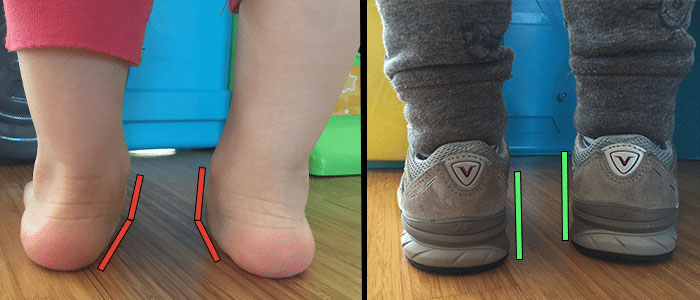
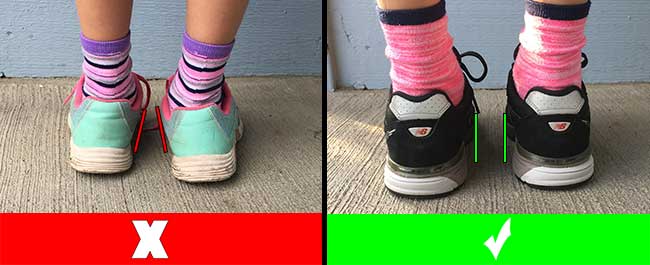
Giving your child the right pair of shoes is the easiest and most effective way to treat and prevent overpronation. Start with supportive shoes designed to correct their gait, and you’ll likely see improvement—I’ve seen posture and walking get better in 70% of cases just by making this change! Disclosure: Some links are affiliate links, and we may earn a small commission at no extra cost to you.
Best Shoes for Kids with Overpronation for Better Posture and Balance
Here are some of my top shoe recommendations for 2025:
1. Shoe Style 990v6 by New Balance
These are the best shoes for kids with overpronation. The robust outsole helps distribute weight evenly across the foot and reduces strain on the muscles and joints. The downside that many parents complain about is the high price tag.
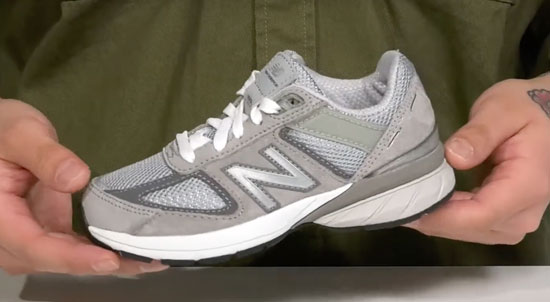
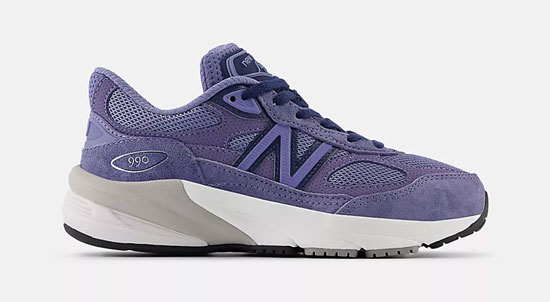
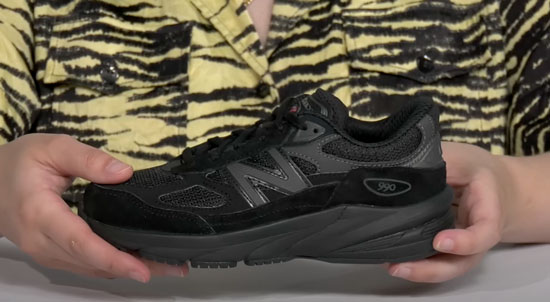
Key Features
- Available for toddlers, little, and big kids
- You can order the 990v6 with laces on the New Balance website, Amazon, or Zappos
- Available in medium, wide, and extra wide widths
- Also available in pink, black, and navy blue
- There is also a Velcro version of these shoes available in navy blue and pink
- I suggest that you get this shoe a half size larger than your child’s current foot size
2. Shoe Style Gabi by Memo (Orthopedic Shoe)
These orthopedic shoes for overpronation are specifically designed to improve foot posture and comfort. The higher price point is a common complaint parents have but the investment in orthopedic shoes is often justified by their specialized design and effectiveness in addressing pronation.

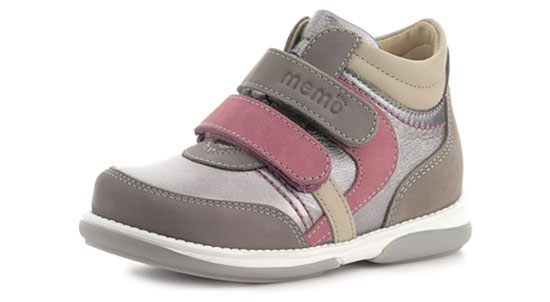
Key Features
- Available for toddlers and little kids
- You can order the shoe style Gabi by Memo on Amazon
- Fits medium and wide feet
- Also available in a Mary Jane style and a version for older kids called Memo Polo
- I suggest that you get this shoe a half size larger than your child’s current foot size
3. Shoe Style Elliott by Stride Rite
These high-top supportive shoes for overpronation offer excellent support and a comfortable fit, making them a top choice for kids with flat feet.
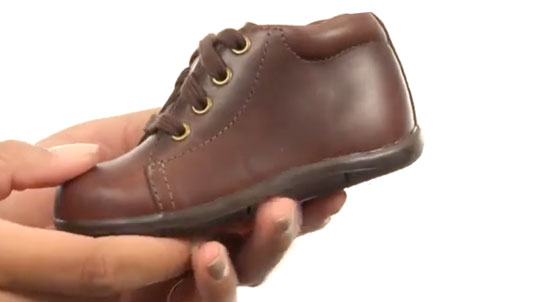
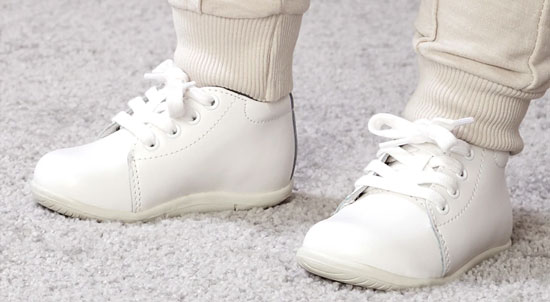
Key Features
- Available for toddlers
- You can order the shoe style SRT Elliot by Stride Rite on Amazon or Zappos
- Available in medium, wide, and extra wide widths
- I suggest that you get this shoe a whole size larger than your child’s current foot size
4. Shoe style 574 by New Balance
These New Balance shoes for overpronation combine style with functionality. They offer solid support and cushioning, making them suitable for kids with flat feet and overpronation.
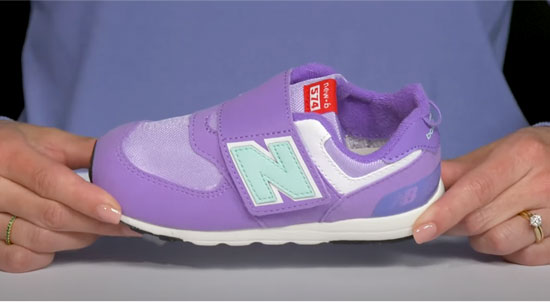
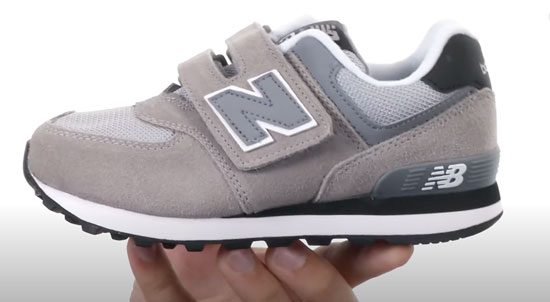
Key Features
- Available for toddlers, little, and big kids
- Order the shoe style 574 New-b V1 by New Balance on Amazon or the New Balance website
- Available in medium, wide, and extra wide widths
- Also available with laces on the New Balance website, Amazon, and Zappos
- I suggest that you get this shoe a half size larger than your toddler’s current foot size
5. Shoe Style Cohesion by Saucony
These Saucony shoes for overpronation are ideal for kids with flat feet, as they offer excellent cushioning and stability. The affordable pricing also makes them accessible to a wide range of families.
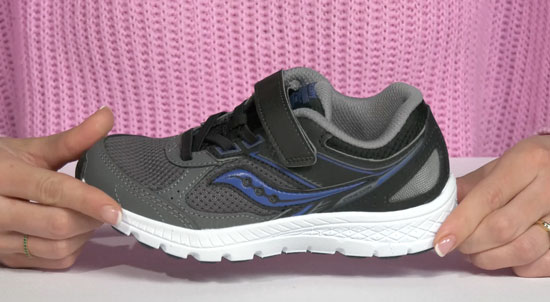
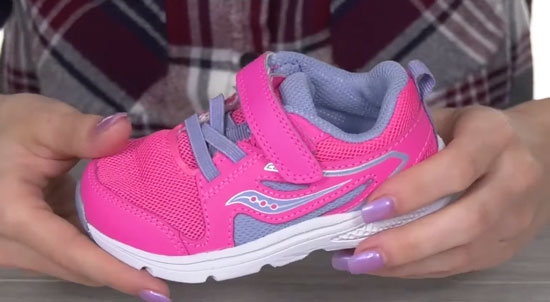
Key Features
- Available for little and big kids
- Order the shoe style Cohesion KDZ on Zappos or Amazon
- Available in medium and wide widths
- Also available with laces on Zappos and Amazon
- I suggest that you get this shoe a whole size larger than your child’s current foot size
6. Shoe Style Fresh Foam Arishi v4 by New Balance
These versatile New Balance shoes provide a soft and comfortable fit while supporting your child’s flat feet. Families appreciate how this shoe is offered at a very reasonable price.

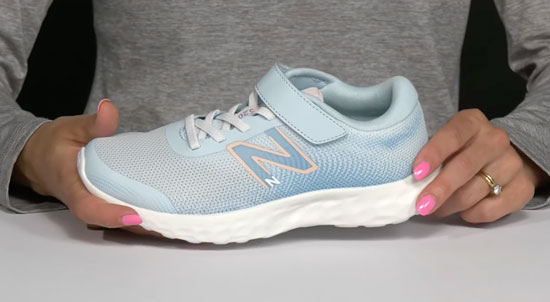
Key Features
- Available for toddlers, little, and big kids
- Order the shoe style Fresh Foam 650 by New Balance on the New Balance website or Amazon
- Available in medium, wide, and extra wide widths
- Also available with laces on Zappos and Amazon
- I suggest that you get this shoe a whole size larger than your child’s current foot size
7. Shoe Style 2002 by New Balance
These New Balance shoes for overpronation and pronated feet are another great option for flat-footed children at a more affordable price point than the 990v6.

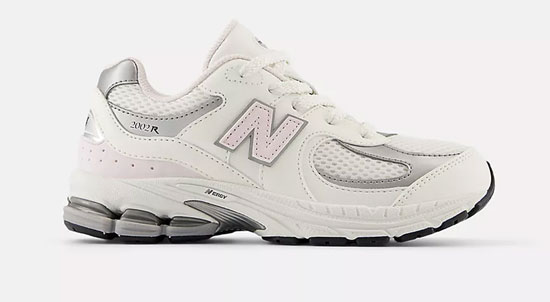
Key Features
- Available for toddlers, little, and big kids
- Order the shoe style 2002 by New Balance on the New Balance website
- Available in medium and wide widths
- I suggest that you get this shoe a whole size larger than your child’s current foot size
8. Shoe Style Cross Em Up by Adidas
These Adidas basketball shoes for overpronation offer great support for flat-footed kids. The versatility of these shoes make them suitable for both sports and everyday wear, adding value for parents looking for multi-functional footwear.
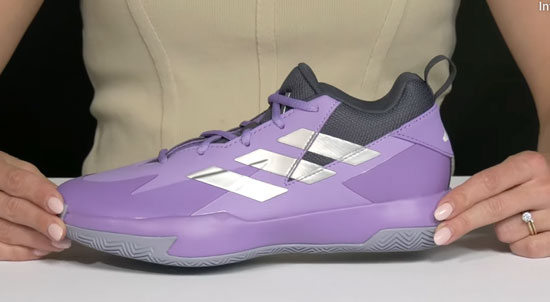
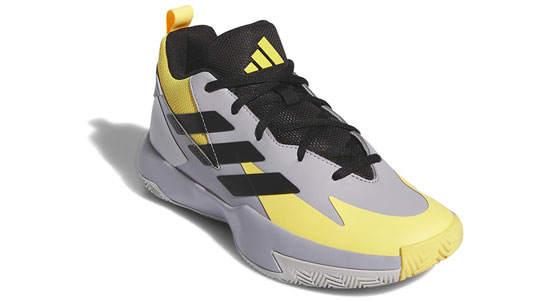
Key Features
- Available for little and big kids
- Order the shoe style Cross Em Up Select by Adidas on Zappos or Amazon
- Available in medium and wide widths
- I suggest that you get this shoe a whole size larger than your child’s current foot size
9. Shoe Style GT-1000 by Asics
These are the best running shoes for overpronation and narrow feet, ideal for kids who require extra stability and support.
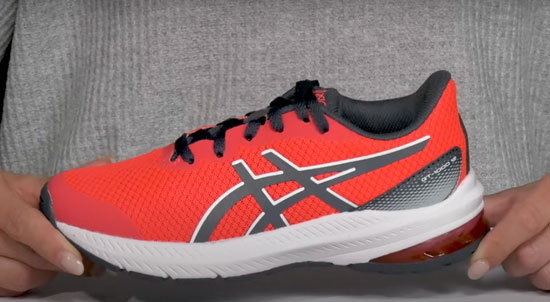
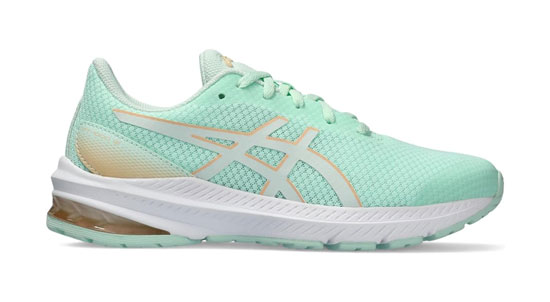
Key Features
- Order the shoe style GT-1000 by Asics on Zappos or Amazon
- Available for little and big kids
- Fits narrow or medium feet
- I suggest that you get this shoe a whole size larger than your child’s current foot size
Signs of Underpronation
Underpronation, or supination, is less common but can cause big problems. Kids with high, rigid arches often land on the outer edge of their feet, putting extra pressure on the pinky toe side. This uneven weight distribution makes them more prone to ankle sprains and injuries—sometimes sidelining active kids for weeks.
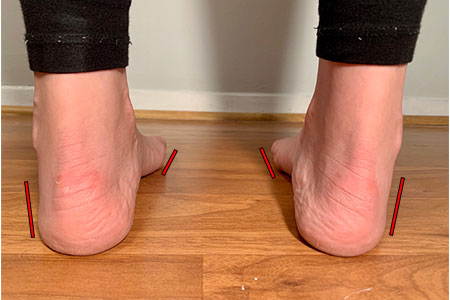
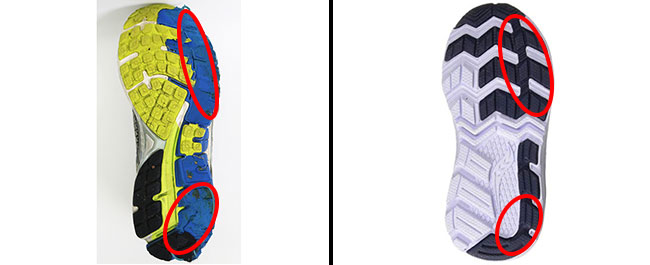
How to Treat and Prevent Underpronation with Supportive Shoes
Supportive shoes with cushioning and flexibility can help absorb shock and accommodate high arches. Cushioning is crucial for supinators as it helps distribute impact forces more evenly across the foot, providing added comfort and protection during activities.

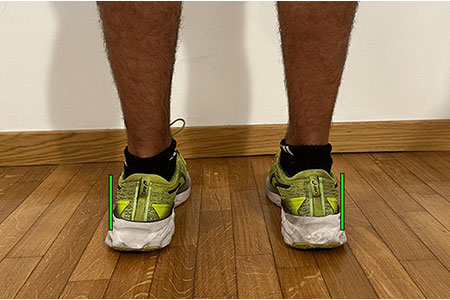
Best Shoes for Children Who Underpronate – Prevent Injuries and Pain
Children who underpronate need a lot of cushioning to avoid impact injuries. Shoes with cushioned and flexible soles are the most recommended ones to help treat and prevent underpronation.
1. Shoe Style 990v6 by New Balance
These are the best New Balance shoes for underpronation as the robust outsole helps distribute weight evenly across the foot and reduces strain on the muscles and joints.



Key Features
- Order the 990v6 with laces on the New Balance website, Amazon, or Zappos
- Available for toddlers, little, and big kids
- Available in medium, wide, and extra wide widths
- Also available in pink, black, and navy blue
- There is also a Velcro version of these shoes available in navy blue and pink
- I suggest that you get this shoe a half size larger than your child’s current foot size
2. Shoe Style Kinvara by Saucony
These Saucony shoes for overpronation are lightweight and offer excellent cushioning and flexibility. It’s perfect for kids who enjoy running and other high-impact activities.
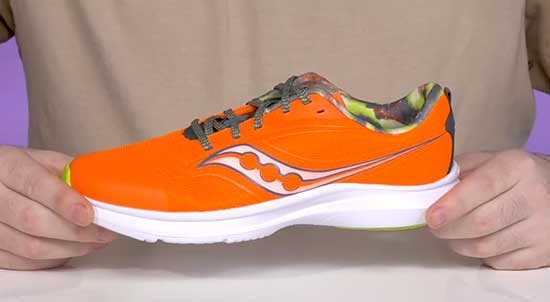
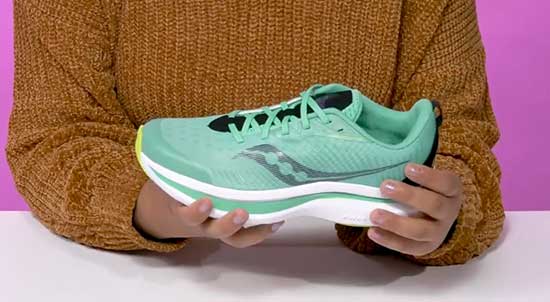
Key Features
- Order the shoe style Kinvara by Saucony on Amazon
- Available in medium and wide widths
- Foam padding placed around the ankle collar and under the tongue
- Comfort sockliner molds to your foot with padding in the heel for ultimate cushioning at heel-strike
- Engineered mesh for structure, stretch and enhanced breathability
- I suggest that you get this shoe a half size larger than your child’s current foot size
3. Shoe Style Cumulus by Asics
These narrow Asics shoes for supination offer a snug fit with a focus on cushioning, making them ideal for everyday wear.
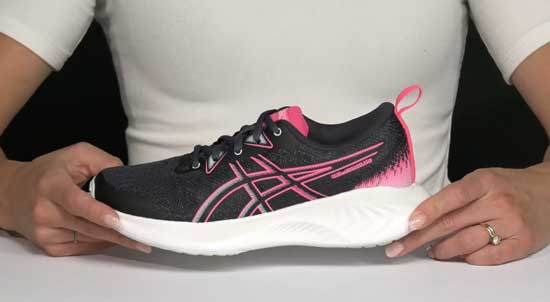
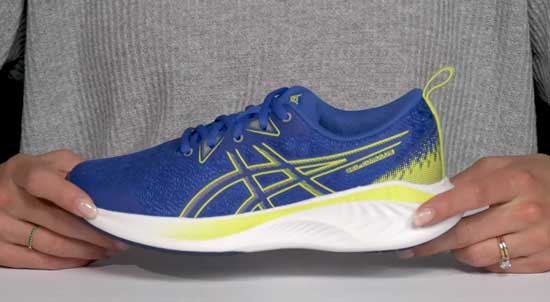
Key Features
- Order the shoe Gel-Noosa by Asics on Amazon or Zappos
- Available for little and big kids
- Engineered mesh upper: Improves breathability
- Fits narrow feet
- I suggest that you get this shoe a whole size larger than your child’s current foot size
4. Shoe Style Gel-Excite by Asics
These running shoes for underpronation offer excellent cushioning and support.
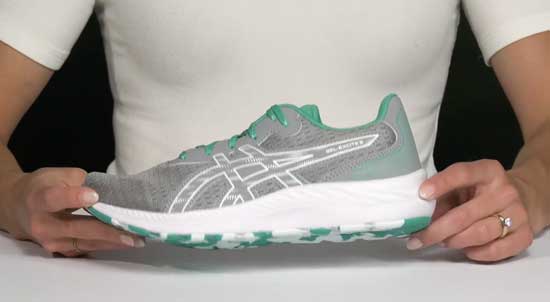
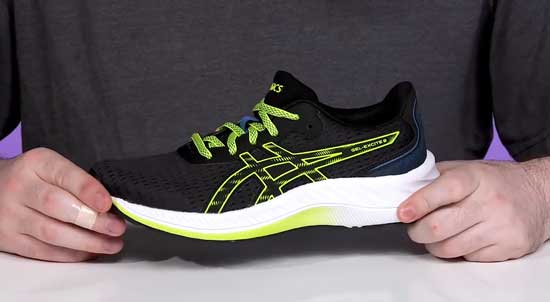
Key Features
- Order the shoe style Gel-Excite by Asics on Amazon
- Available for little and big kids
- Fits narrow feet
- GEL technology: Improves impact absorption and creates a softer feeling at footstrike
- I suggest that you get this shoe a whole size larger than your child’s current foot size
5. Shoe Style 2002 by New Balance
These New Balance shoes for supination are another great option for children with high arches at a more affordable price point than the 990v6.


Key Features
- Order the shoe 2002 by New Balance on the New Balance website
- Available for toddlers, little, and big kids
- Available in medium and wide widths
- I suggest that you get this shoe a whole size larger than your child’s current foot size
6. Shoe Style Cross Em Up by Adidas
These Adidas basketball shoes for underpronation offer great support for kids with high arches. The versatility of the shoe makes it suitable for both sports and everyday wear, adding value for parents looking for multi-functional footwear.


Key Features
- Order the shoe Cross Em Up Select by Adidas on Zappos or Amazon
- Available for little and big kids
- Available in medium and wide widths
- I suggest that you get this shoe a whole size larger than your child’s current foot size
7. Shoe Style GT-1000 by Asics
These Asics running shoes for supination are a popular choice for kids who require extra stability and support. This specific shoe is capable of fitting children with narrow feet.


Key Features
- Order the shoe GT-1000 by Asics on Zappos or Amazon
- Available for little and big kids
- Fits narrow or medium feet
- I suggest that you get this shoe a whole size larger than your child’s current foot size
How to Retrieve Your Child’s Exact Foot Length and Shape
Finding the perfect shoe size is more than just comfort—it’s about giving your child the support and stability their growing feet need. Shoes that are too tight limit movement, while loose shoes offer little support and can worsen foot alignment problems. That’s why I created a virtual shoe fitting service to help you accurately measure your child’s foot shape and pronation level—right from home!
Should I Provide My Child with a Pair of Orthotics?
If shoes alone aren’t improving foot posture or reducing pain, consider orthotics. Over-the-counter orthotics can provide additional support for both conditions and are often a cost-effective first step in managing foot issues.
- Orthotics for Overpronation: These typically feature increased arch support to prevent the foot from rolling inward. Custom orthotics can be tailored to your child’s specific needs, offering more precise correction and comfort.
- Orthotics for Supination: Designed to enhance cushioning and support high arches. These orthotics help balance the foot’s structure, distributing weight more evenly and reducing the risk of ankle sprains and other injuries.
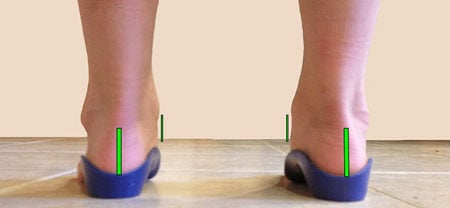
Personalized Shoe Recommendations
Finding the right shoes for your child can be overwhelming, especially when dealing with foot conditions. That’s why personalized shoe recommendations are essential. By considering your child’s foot shape and degree of condition, I can guide you to the best options available, ensuring that they receive the support they need for healthy development. You can either contact me via email or through the comments section below.
The Importance of Being Proactive
Parents should take a proactive approach when it comes to their children’s foot health—don’t rely on the “wait and see” method. Ignoring foot issues can allow them to worsen over time, potentially leading to pain or long-term complications. If you’re visiting a physical or occupational therapist for an evaluation, bring a worn pair of your child’s shoes. The wear pattern can offer valuable insight into how their feet are functioning.

